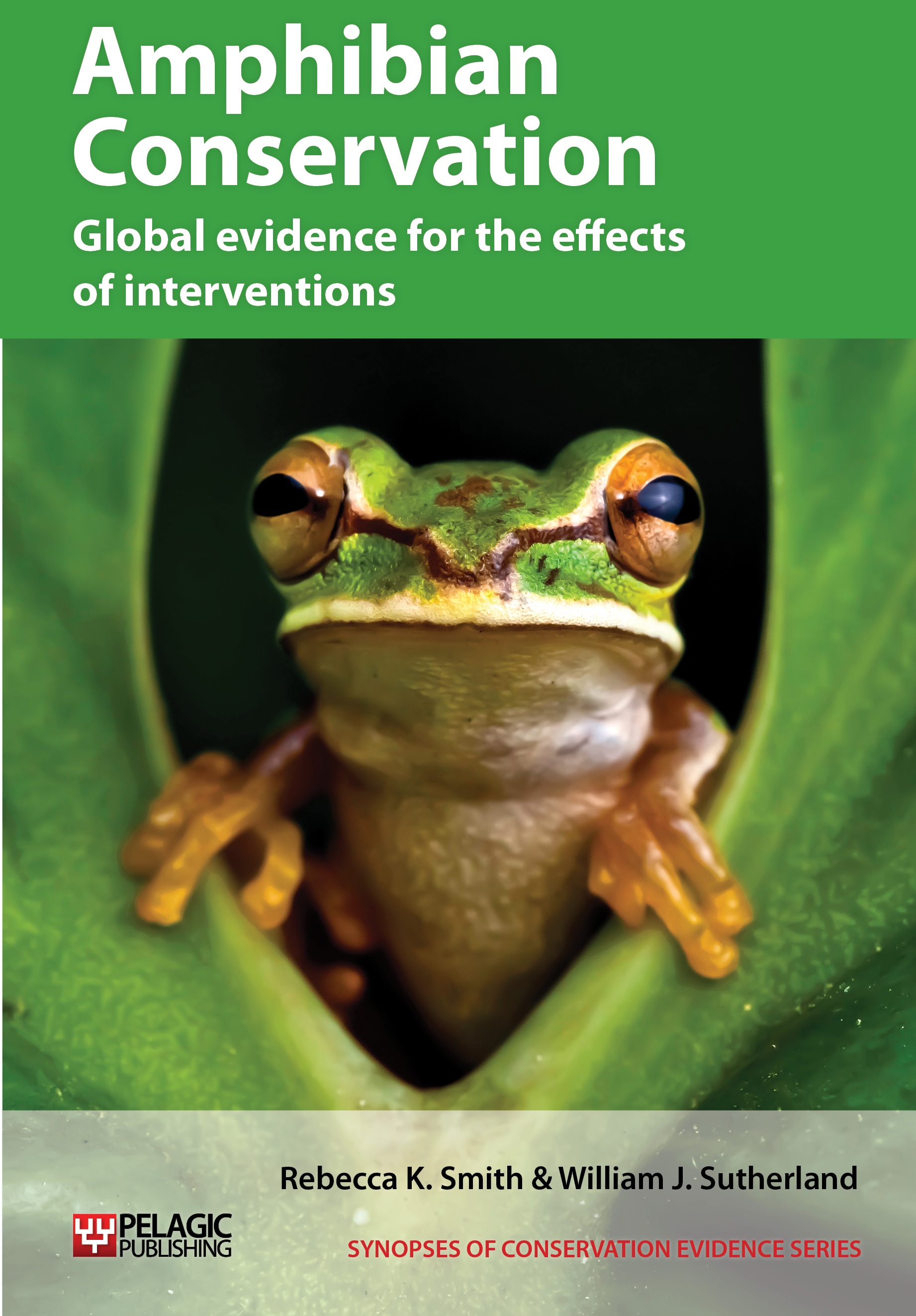Use legislative regulation to protect wild populations
-
Overall effectiveness category Unknown effectiveness (limited evidence)
-
Number of studies: 2
View assessment score
Hide assessment score
How is the evidence assessed?
-
Effectiveness
60% -
Certainty
30% -
Harms
5%
Study locations
Supporting evidence from individual studies
A study in 1987–1990 of permits issued for amphibians in the Cape Province, South Africa (Baard 1992) found that the number issued for scientific and educational use increased over the three years. The number issued increased from 100 in 1987 to 380 in 1990. Data were obtained from the governmental licensing authority, Cape Nature Conservation. Permits obtained by scientists from institutions requiring study material and institutions requiring specimens for display or breeding were included. Permits obtained by private individuals to keep species in captivity were not included.
Study and other actions testedA review in 2011 (Altherr, Goyenechea & Schubert 2011) found that following legislation to reduce trade in green pond frogs Euphlyctis Hexadactylus and the Indian bullfrog Hoplobatrachus tigerinus, populations recovered from over-exploitation. Both species were categorised by the International Union for the Conservation of Nature (IUCN) as stable in the 2010 IUCN Red List. Populations of both species had crashed in India and Bangladesh following unsustainable use in the frog leg trade. During three years of monitoring in India, it was estimated that 9,000 tonnes of frogs were removed from the wild for frogs’ legs. In 1985, green pond frogs and Indian bullfrogs were listed in Appendix II of the Convention on International Trade in Endangered Species of Wild Flora and Fauna (CITES). India banned export of frogs’ legs in 1987 and Bangladesh followed in 1989.
Study and other actions tested
Where has this evidence come from?
List of journals searched by synopsis
All the journals searched for all synopses
This Action forms part of the Action Synopsis:
Amphibian Conservation
Amphibian Conservation - Published 2014
Amphibian Synopsis





)_2023.JPG)














